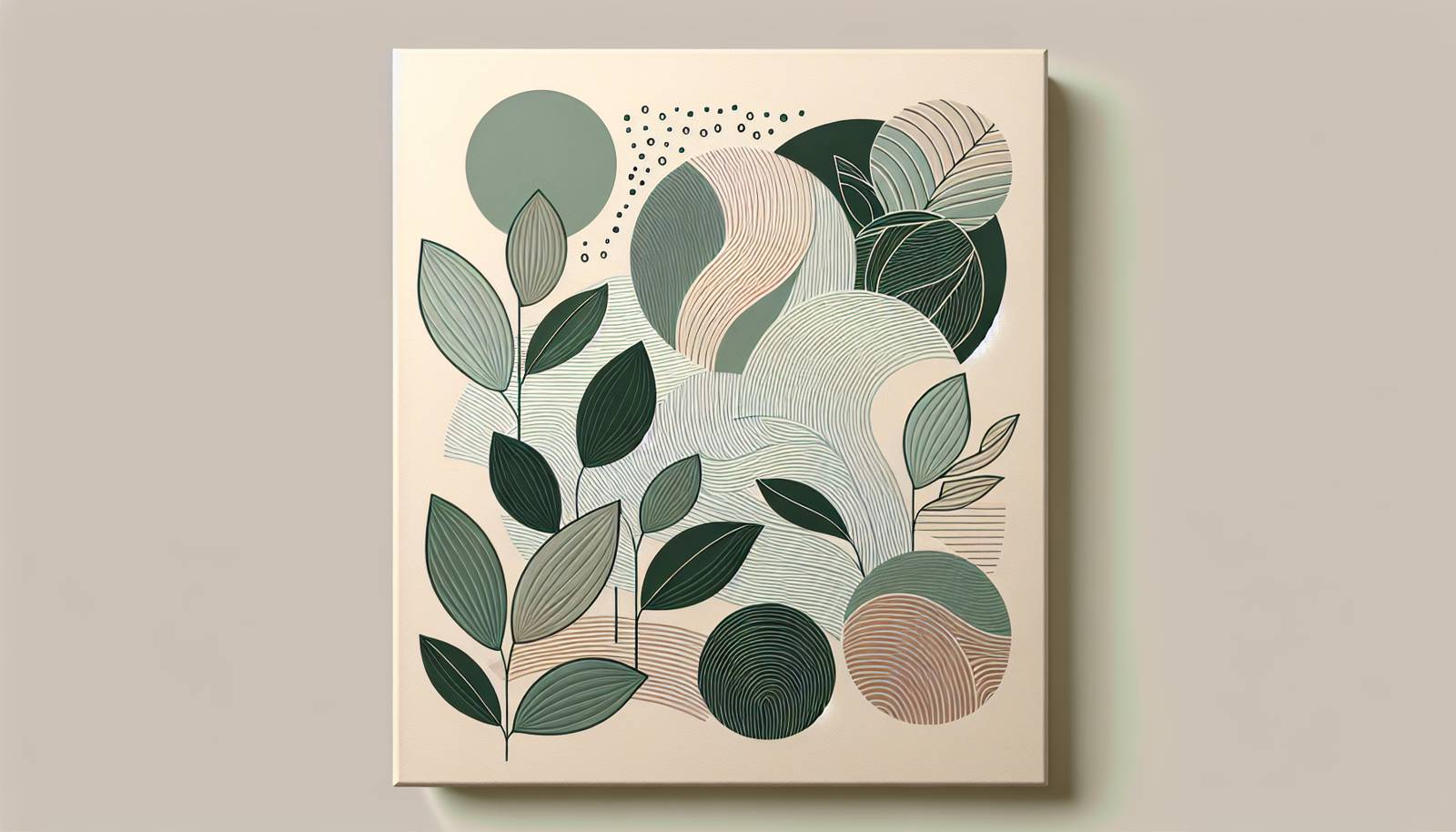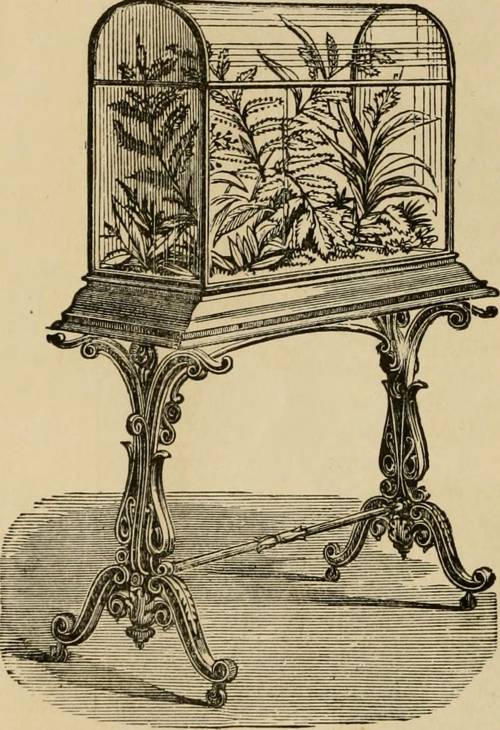
FAQ About Indoor Plant Growth-Hacking Techniques

What are some effective environmental manipulation strategies for indoor plant growth?
Environmental manipulation involves adjusting factors such as light, humidity, temperature, and airflow to optimize plant growth indoors. Using grow lights that mimic natural sunlight, maintaining consistent temperature ranges suitable for specific plant species, using humidifiers or dehumidifiers to adjust air moisture, and ensuring good air circulation with fans are some strategies. These methods help create a controlled environment that can compensate for the lack of natural outdoor conditions.

How can trimming strategies benefit indoor plants?
Trimming or pruning indoor plants helps in promoting healthy growth, removing dead or diseased parts, and controlling the plant's shape. Regular pruning encourages plants to grow fuller by redirecting their energy to new growth rather than maintaining old, less productive areas. It can also prevent overcrowding, improve air circulation, and reduce the risk of pest infestations.

Are growth hormones safe to use for indoor plants?
Growth hormones, such as auxins, gibberellins, and cytokinins, can be safe and beneficial for indoor plants when used correctly. They can promote rooting, enhance growth speed, and improve stress resilience. However, it's essential to follow manufacturer guidelines and use the right concentration, as overuse can harm plants. Always conduct research or consult experts before applying growth hormones to indoor plants.

What types of grow lights are best for indoor plant growth?
LED grow lights are generally considered the best option for indoor plant growth. They are energy-efficient, have a long lifespan, and provide a full spectrum of light that can be adjusted to suit different plant species' needs. Fluorescent lights are also a good choice for lower-light plants. It's important to choose grow lights that provide the right balance of blue and red light wavelengths for photosynthesis and flowering.

How does humidity affect indoor plant growth?
Humidity plays a critical role in indoor plant growth by affecting the plant's ability to transpire, absorb nutrients, and maintain cellular function. Most indoor plants thrive in humidity levels between 40-60%. Too little humidity can cause leaves to dry out and become brittle, while too much can lead to mold growth and root rot. Using a hygrometer can help you monitor and adjust humidity levels as needed.

Can temperature fluctuations harm indoor plants?
Yes, temperature fluctuations can stress indoor plants, leading to poor growth, wilting, and sometimes death. Most indoor plants prefer stable temperatures within a specific range. Sudden changes can affect plant metabolism and photosynthesis. Keeping plants away from direct drafts, heaters, or cold windows can help maintain a consistent environment conducive to healthy growth.

What are air layering techniques in plant propagation?
Air layering is a propagation method that encourages a section of a plant to develop roots while still attached to the mother plant. This involves wounding a part of a stem, applying rooting hormone, and wrapping it with moist sphagnum moss and plastic wrap. Once roots develop, this section can be cut and potted separately. It is particularly useful for woody plants and can lead to a higher success rate in creating new plants.

How often should indoor plants be fertilized for optimal growth?
Indoor plants typically require fertilization every 4-6 weeks during the growing season (spring and summer). The frequency can depend on the plant species, with some needing more frequent feedings. Using a balanced, water-soluble fertilizer and following package instructions can ensure plants receive the necessary nutrients without the risk of over-fertilization, which can damage plant roots.

What are the signs that an indoor plant is receiving too much light?
Signs of too much light exposure include leaf scorching, browning, or bleaching, as well as dry, brittle leaves and wilting despite proper watering. Moving the plant to a less exposed location or using sheer curtains to diffuse sunlight can help mitigate these issues. Regularly monitoring the plant's response to light adjustments can also aid in maintaining optimal growing conditions.

Is it necessary to rotate indoor plants, and why?
Yes, rotating indoor plants is beneficial because it ensures even light exposure to all parts of the plant, promoting symmetrical growth. Neglecting to rotate can result in uneven growth, with the plant leaning toward the light source. Rotating every few weeks can help maintain balance in both aesthetics and plant health.

How can soil quality affect indoor plant growth?
Soil quality is crucial for indoor plant health as it provides essential nutrients and supports root systems. Poor soil can lead to nutrient deficiencies, waterlogging, or drainage issues. Using a high-quality potting mix tailored to specific plant needs can enhance growth. Regular soil testing and appropriate amendments can help maintain optimal conditions for healthy plant development.

What are some common pests that affect indoor plants and how can they be controlled?
Indoor plants can be affected by pests such as spider mites, aphids, mealybugs, and fungus gnats. Regular inspection and cleaning can help identify pest problems early. Natural control methods include introducing beneficial insects like ladybugs or using neem oil or insecticidal soap sprays. Maintaining proper plant hygiene and environmental conditions also helps deter pest infestations.

How does airflow impact the growth of indoor plants?
Good airflow is essential for indoor plants as it helps regulate temperature, humidity, and prevents fungal growth by drying out excess moisture. Plants in poorly ventilated areas are more susceptible to pests and diseases. Using fans to circulate air and spacing plants correctly can ensure adequate airflow, leading to healthier growth patterns.

What role do mycorrhizal fungi play in indoor plant growth?
Mycorrhizal fungi form a symbiotic relationship with plant roots, enhancing the plant's ability to absorb water and nutrients, particularly phosphorus. This relationship improves plant growth, vitality, and stress resistance. Adding mycorrhizal inoculants to the soil can significantly benefit indoor plants, especially those in nutrient-poor or compacted soils.

Can music or sound influence indoor plant growth?
Some studies suggest that sound vibrations, including music, can influence plant growth, though results vary. The theory is that sound waves may stimulate leaf motion, improving airflow around the leaves, and enhance nutrient uptake. Classical music or soft instrumental sounds are believed to be most beneficial, while loud or harsh noises might have negative effects. However, more research is needed to draw definitive conclusions.

How can companion planting be beneficial for indoor plants?
Companion planting involves placing different plant species together to benefit each other, such as deterring pests or improving growth. Indoors, it can help by maximizing space and creating a micro-ecosystem that supports natural biodiversity. For example, basil can help repel pests from tomatoes, and marigolds can deter soil nematodes from affecting nearby plants.

What are some signs of nutrient deficiency in indoor plants?
Common signs of nutrient deficiency in indoor plants include yellowing leaves (chlorosis), stunted growth, brown edges or tips, and poor flowering. Each nutrient deficiency can have specific symptoms, such as purple tinges in phosphorus-deficient plants or chlorosis in iron-deficient plants. Addressing deficiencies might involve adjusting fertilization techniques or improving soil conditions.

How can hydroponics enhance indoor plant growth?
Hydroponics is a method of growing plants without soil, using a nutrient-rich water solution. This technique allows precise control over nutrients and environmental factors, often resulting in faster growth and higher yields. It can be ideal for indoor growth as it requires less space, reduces pest issues, and conserves water compared to traditional soil gardening.

What are the benefits of using self-watering pots for indoor plants?
Self-watering pots are beneficial for indoor plants because they ensure consistent moisture availability, reducing the risk of overwatering or underwatering. These pots typically feature a reservoir that gradually supplies water to the plant as needed, allowing for more extended periods between watering. They can help maintain optimal soil conditions, especially for plants sensitive to moisture fluctuations.

Why is it important to know the specific needs of different indoor plant species?
Understanding the specific needs of different indoor plant species is crucial for providing the right care in terms of light, water, humidity, and nutrients. Different species have varying tolerances and preferences which, if not met, can lead to poor growth or even plant death. Researching and understanding each plant's requirements ensures the health and longevity of your indoor garden.
